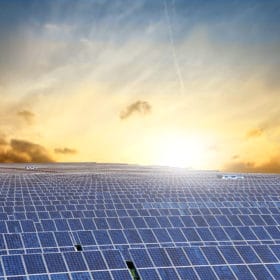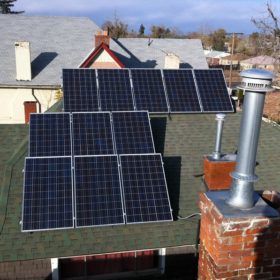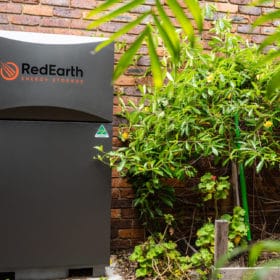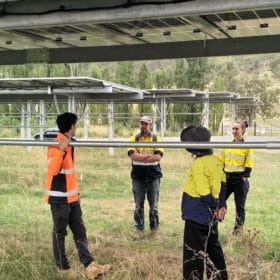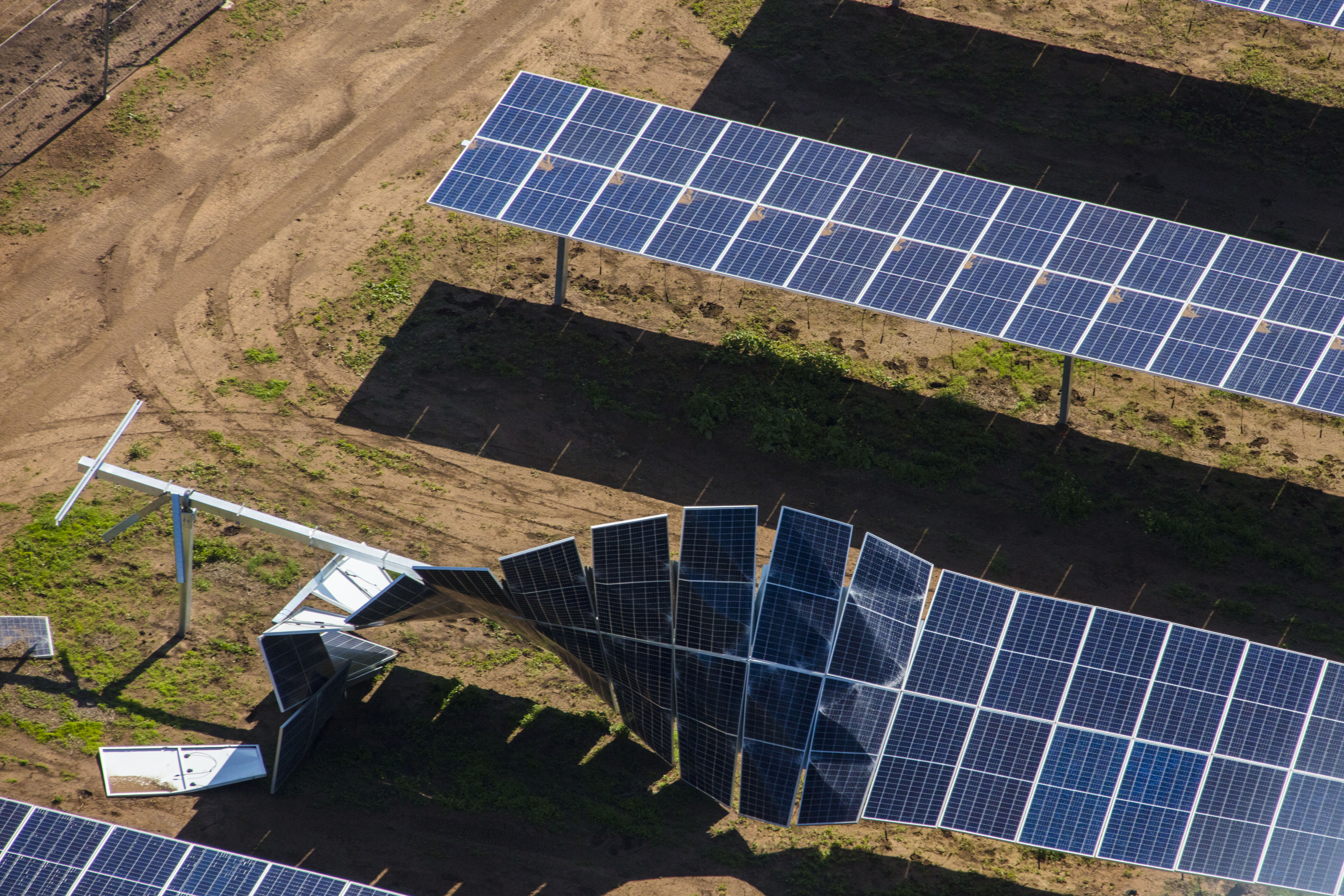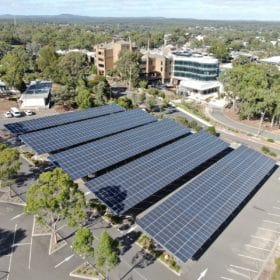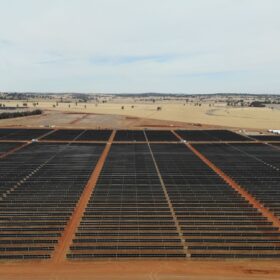Q&A: EEW’s $500 million Gladstone solar to hydrogen project is just the start
Earlier this month, London-based Eco Energy World announced a $500 million project to combine its ready to build 300 MW solar plant north of Gladstone, Queensland, with a 200 MW hydrogen plant and 100 MW of battery energy storage. pv magazine Australia sat down with EEW CEO Svante Kumlin to discuss the project, the green hydrogen future, and Australia’s future in it.
Household solar holds key to climate-neutral Japan
Rooftops will have to supply a third of the 524 GW of solar generation capacity needed by 2045 to reach a zero-carbon economy by mid century, according to an academic paper. The researchers also suggested green hydrogen should not play a central role in the nation’s energy transition.
German company juwi targets Australia’s off-grid industries, building its sixth hybrid solution at SA mine
Juwi Renewable Energy, the Brisbane-based subsidiary of German company juwi, will construct a solar and diesel hybrid solution for Iluka’s South Australian Jacinth-Ambrosia mine, where zircon – used in ceramics – is the primary output.
Malaysia’s 1 GW PV tender attracts lowest bid of $0.0429/kWh
Through the fourth tender of the LSS program for large scale PV, the Malaysian authorities have pre-selected 30 solar projects with a combined capacity of 823 MW. The lowest bid came in at MYR0.1768/kWh ($0.0429) and the highest at MYR0.2481/kWh.
Woolworths completes commercial-scale rooftop solar installation at SA distribution centre
Woolworths has completed the expansion of its Adelaide distribution centre, including the site’s commercial-scale rooftop solar system which is set to supply 20% of the centre’s electricity needs.
ARENA funds UPowr’s effort to improve DER with customer insights
The Australian Renewable Energy Agency is helping to fund a trial by Distributed Energy Resources firm UPowr which will monitor solar customers interested in incorporating a home battery system. The aim of the project is to better incorporate customer experience insights into the design of DER products.
RedEarth deal to see thousands of new homes built with solar-battery systems
Battery storage manufacturer RedEarth has partnered with a major Australian housing developer to offer new-home buyers solar and solar/battery systems tailored to their needs from the get go – and with the opportunity to sell excess energy at optimised prices where the grid needs it most.
Australia’s biggest community solar farm starts feeding into the grid
This annual 1.8 GWh of green power came out of a long-nurtured passion project, and can now provide a successful template for other community groups to think big in their renewable energy aspirations.
International solar fund weathers Australia’s storms, oscillations and grid constraints
Foresight Solar Fund’s 2020 annual report puts the travails endured and fixes deployed for four now powerful Australian assets in context.
La Trobe University a study in solar energy application
With campuses throughout Victoria, La Trobe University this month further reduced its regional campus emissions by installing solar panels over more than 200 car-parking spaces — another milestone in its commitment to achieve net-zero by 2022!
